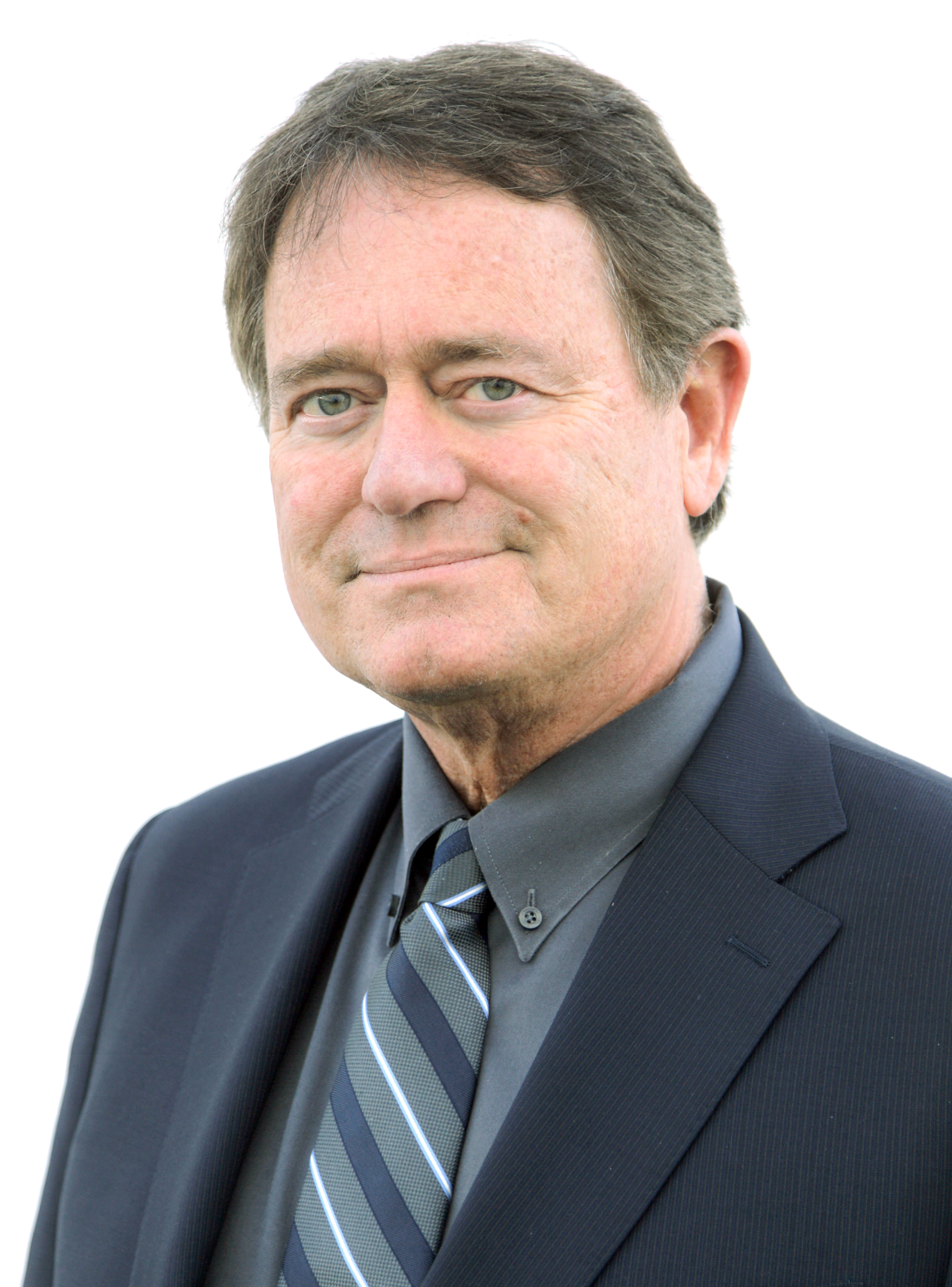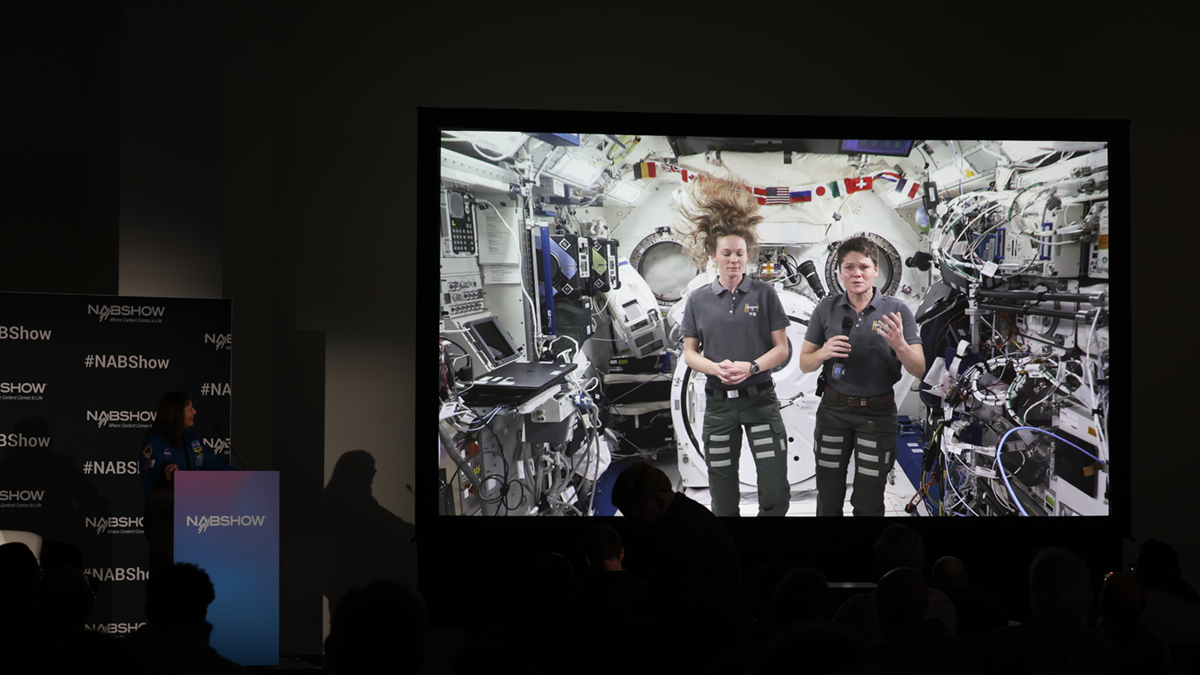New DRL Standard Completed
The ATSC has published a new DRL (Data Return Link) standard for electronic newsgathering applications. A/82, "ATSC Automatic Transmitter Power Control Data Return Link Standard," has been formally approved by the full ATSC membership and is available online.
Publication of A/82 marks the completion of work that began in February 2005 in the ATSC Specialist Group on Digital ENG (TSG/S3). Led by Dane Ericksen of Hammett & Edison Consulting Engineers, who represented the Society of Broadcast Engineers on the project, the development process for this document included an 18-month candidate standard review and comment period.
CANDIDATE STANDARD
An ATSC Candidate Standard is a document that has received significant review within a specialist group. Advancement of a document to candidate standard is an explicit call to those outside of the related specialist group for implementation and technical feedback. This is the phase at which the specialist group is responsible for formally acquiring that experience or at least defining the expectations of implementation. The benefit of this step in the process is to ensure that the document is technically correct and addresses the needs of the end user.
The A/82 document provides the necessary specifications to construct a DRL system for automatic transmitter power control applications. The document further specifies the mechanisms necessary for basic identification and power control of TV BAS (Broadcast Auxiliary Service) transmitters, in either an automatic or manual mode. In addition, the necessary mechanisms are described to permit the carriage of specialized private data (e.g., camera control information and operator communications) that are applicable to remote field production. Furthermore, a means to uniquely identify TV BAS transmitters is defined.
DRL SERVICE
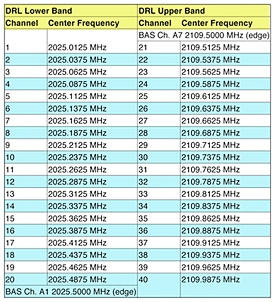
Table 1: DRL Channel Assignments The FCC, in ET Docket 95-18 In a Third Report and Order (Nov. 10, 2003), adopted a suggestion from SBE to create two 500-kHz wide DRL bands at the lower and upper edges of the re-farmed 2,025–2,110 MHz TV BAS band. A total of 40 25 kHz wide DRL channels were created—20 in the lower DRL band, and 20 in the upper DRL band, (see Table 1). These channels may be used to support important new applications relating to remote station operations.
The DRL channels permit a "feedback" or "return" link to be established from an ENG receive-only (ENG-RO) site to an originating TV pickup station (i.e., ENG truck). This link allows automatic transmitter power control by ENG trucks, and more efficient usage of the seven 2 GHz TV BAS channels. ATPC is the application addressed by A/82.
Complimentary applications relating to remote production, such as camera control and operator communications, are also envisioned but are not included in this standard. It is important to note that "return," as used here, is not limited to signals going from the receive site to the remote location. The data might also go the other way. As such, the channels could also be used for two-way data communications, camera intercom, control functions, and so on.
ATPC APPLICATION
However, because ET 95-18 did not adopt technical or operating rules for DRL channels, there was, accordingly, a need for the appropriate technical specifications to be developed. Elements addressed by A/82 relating to ATPC include:
- Basic system parameters; e.g., modulation type, occupied bandwidth, radiated power, emission mask and frequency stability;
- Protocols and signaling. Established communications protocols are used where possible;
- Operational issues; e.g., data transmitted, priority of messages and station identification.
With proper implementation of a DRL ATPC system, only the necessary amount of ENG output power is utilized to achieve reliable transmission. This facilitates more efficient use of the current ENG spectrum by minimizing the likelihood of interference among users in a given market or geographic location. It should be noted that any location may become frequency-congested in response to a major news or sporting event.
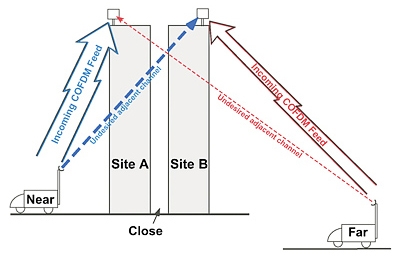
Fig. 1: ENG-RO site without ATPC via DRL It is important to emphasize that the applications for DRL systems extend beyond strictly news events. Related and complimentary applications include coverage of sporting events (e.g., golf tournaments and motor races) and remote field production (e.g., parades and political conventions).
The DRL system described in A/82 is intended to serve as a 2 GHz microwave return link from the ENG central receive site to the ENG truck in the field. The link is used to supply return power control metrics and other applicable information vital for remote ENG communications. The DRL system is also intended to facilitate various applications useful for remote field production, which may be specified in a future revision of the document or left to individual users and/or vendors to develop.
For the ATPC application, the DRL system consists of a 2 GHz DRL microwave transmitter and antenna situated high atop the central receive site or any other microwave-friendly environment. The microwave transmitter is supplied DC and control information via a specified cable interface. A 2 GHz DRL receiver is utilized at the ENG truck, which interfaces with the ENG transmitter.
DRL SYSTEM CONTROL METRICS
If an ENG truck (or other ENG platform) is equipped with a DRL receiving system, the DRL receiver will typically interface to the ENG transmitter to allow for ATPC by the ENG truck transmitter. Such ATPC is especially important in congested ENG markets, where split-channel operation using COFDM signals with 6 MHz-wide pedestals are most likely to be used, in order to increase the effective channel capacity from seven to 14 channels.
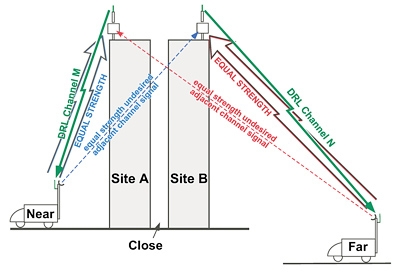
Fig. 2: ENG-RO site using ATPC via DRL For split-channel operation, it is particularly important that the desired-to-undesired (D/U) signal ratio between the two incoming signals be close to zero dB. If one originating ENG truck is close to an ENG-RO site, but the other truck is not, the DRL signal can be used to reduce the transmitter power of the close-in truck so as to match the received carrier level (RCL) of the COFDM signal from the distant ENG truck.
This balancing of RCLs applies to both a single ENG-RO site, where two split-channel COFDM signals are attempting to simultaneously feed a single site, and to separate but nearby ENG-RO sites of two different TV stations. In congested TV markets, it is to the mutual advantage of even competing TV stations to cooperate on the technical operations of their respective ENG operations, especially when adjacent home-channel frequency assignments are involved. Fig. 1 and Fig. 2 demonstrate this concept.
For more information, document A/82, "ATSC Automatic Transmitter Power Control Data Return Link Standard," is available for download at no cost from the ATSC Web site, www.atsc.org/standards.html.
Get the TV Tech Newsletter
The professional video industry's #1 source for news, trends and product and tech information. Sign up below.
